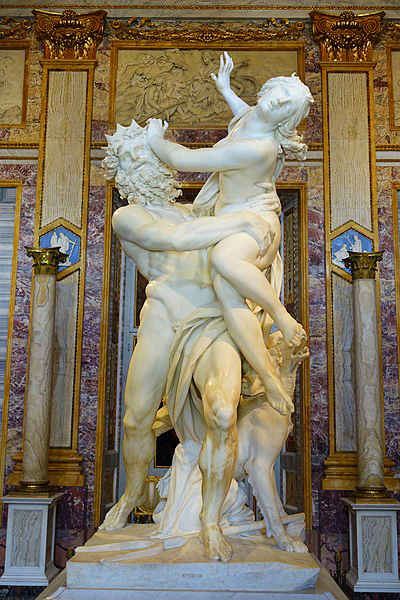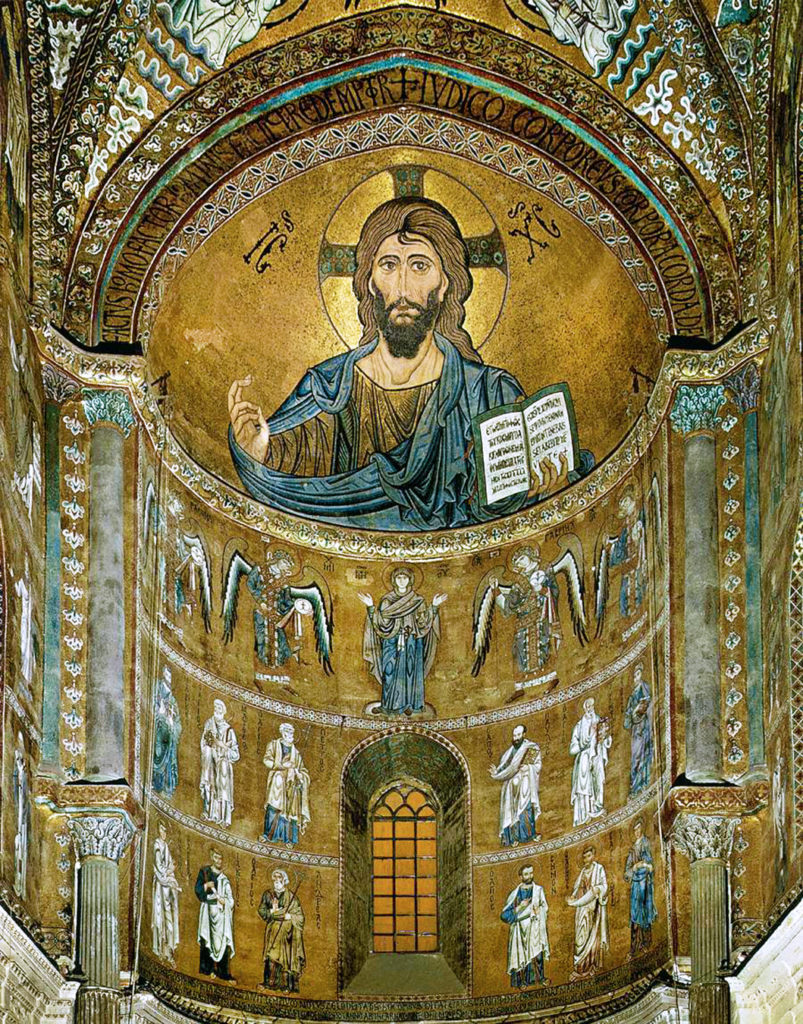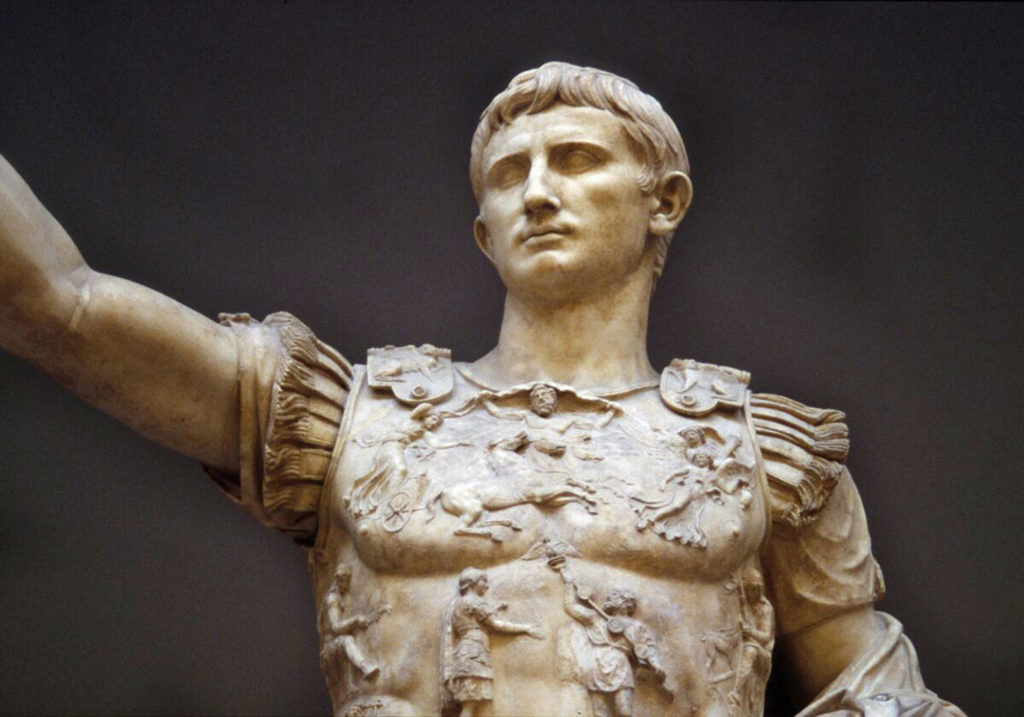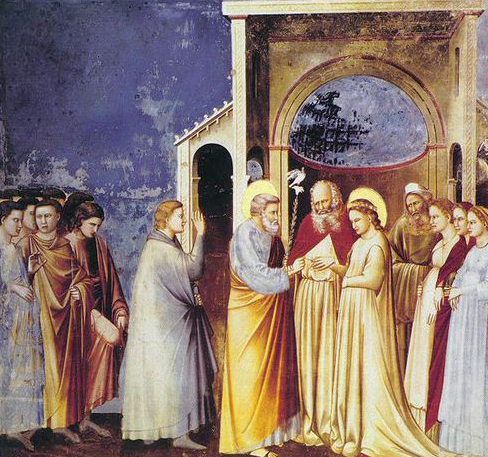Drawings in caves goes back to predate recorded history and Italy’s first UNESCO World Heritage Site is the Val Camonica, which contains thousands of cave drawings. But prehistoric drawings are generally not classified as an artistic period, at least in the modern sense. For that, we look to the period of ancient art which covers the centuries from 700 BC through 400 AD, corresponding to the civilizations of the Etruscans and Romans. The Etruscan artistic period emerged before that of the Romans, exhibiting extraordinary skill in bronze casting and fresco painting. The Romans created a wealth of art in the form of statues, mosaics and architectural masterpieces such as the world had never known. It inspired many artists in the millennium following the fall of the Roman Empire.
Historians point to the Romanesque Era, beginning around the year 1000, as the next artistic period. It developed during the rise of Christianity. Only a fraction of the population was literate therefore the art was often used to convey a story and was both religious and symbolic in nature. The relative importance of the figures within the paintings were shown by the size, with the more important figures appearing much larger. As such, the paintings lack any depth of perspective. The works of art are characterized by bold contours, vibrant colors and in its most outstanding form, immense areas of gold leaf. The Cathedral of Cefalù in Sicily is the crowning glory of the Romanesque period and remains a breathtaking site to visit.
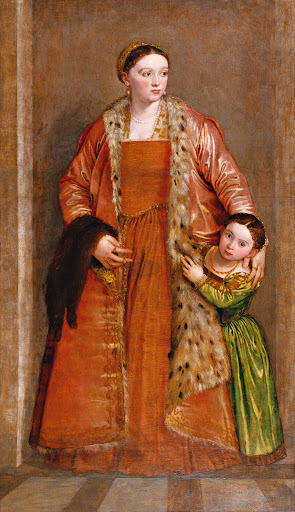
The era of Gothic art grew out of the Romanesque period, but Christianity became less of the central theme. It was the period of the High Middle Ages and paintings of the period portrayed scenes of human life, such as working in the fields and hunting as the focus moved away from divine beings and mystical creatures. Human figures received more attention, becoming more realistic. The development of a three-dimensional perspective began during the Gothic period and painters also paid far more attention to how the figures looked, with realistically painted clothing, with folds and shadows. Individual artists finally began to gain notice, the most famous of which was Giotto di Bondone, who inspired an entire school of art that laid the foundation for the most famous artistic period in history.
The Renaissance Era began at the dawn of the 15th century and lasted for more than one hundred years, with artists such as Leonardo da Vinci, Michelangelo, Raphael, Botticelli, Donatello, Titian and Caravaggio. This era continued to focus on the individual human as its inspiration and took influence from the art and philosophy of the ancient Romans. The Renaissance was nothing less than a cultural rebirth.
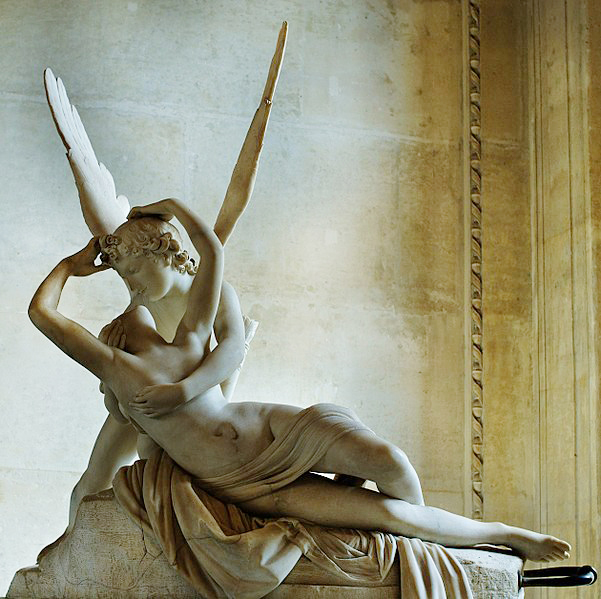
The three-dimensional perspective became even more important to the art. The ideal example is Michelangelo’s “The David.” The statue harkened back to the works of the ancient Romans as was created to be seen from all angles, unlike those of the Romanesque and Gothic periods, which were two-dimensional, intended to be viewed only from the front.
The same three-dimensional perspective carried over into the paintings of the Renaissance. Fresco painting was given new life by Renaissance painters as scenes became more complex. The representation of people had emotions and nuances never before captured. The paint used during the Renaissance also represented a shift from tempera to oil paints.
Many do not make the distinction between the High Renaissance and the Mannerism Era. The newfound freedom of human expression that developed during the Renaissance led to artists exploring their own unique and individual artistic style or manner. It was the work of Michelangelo that laid the foundation for this period. The expression of feelings and human gestures, even items of clothing, were exaggerated deliberately in mannerist paintings. The style developed in Florence, but the Venetian School is well represented during this era by Tintoretto and Veronese in the mid to late 1500s.
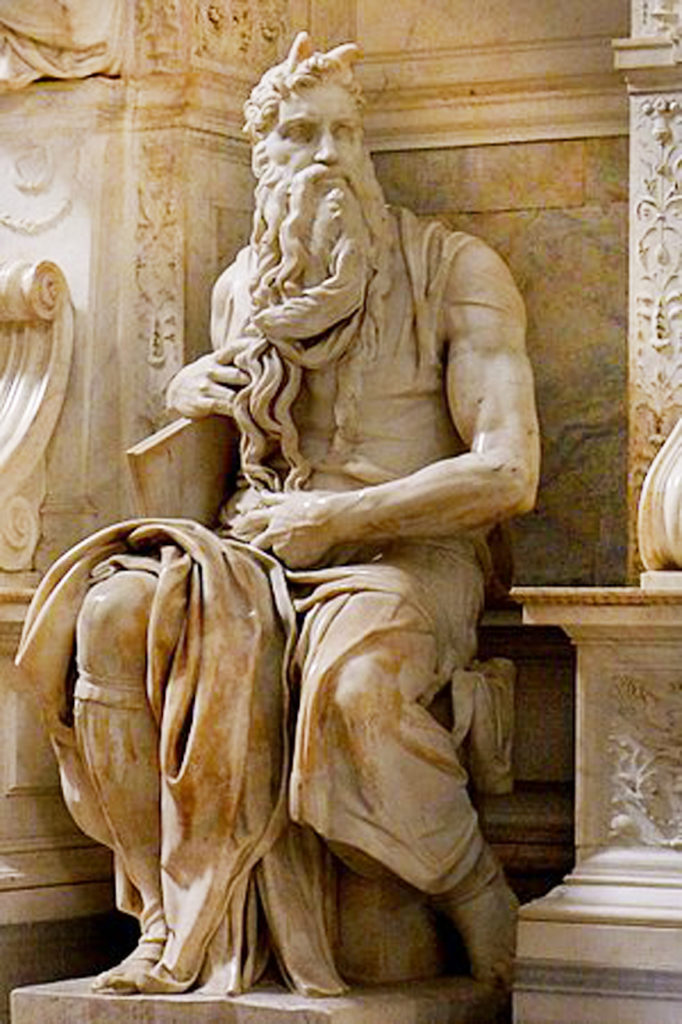
The Baroque style began at the start of the 17th century in Rome and the progression of art celebrated the lives of humans, rather than the power of the divine. Kings, princes and even Popes glorified their own power and prestige through art and during the period, the settings of paintings became increasingly fantastic and undeniably magnificent. This style used contrast, movement, exuberant detail, deep color, grandeur and even surprises to achieve a sense of awe.
Even when using religious symbolism, man increasingly became the central figure within the compositions. Opposites of light and dark, warm and cold colors, as well as symbols of good and evil were often emphasized. Art academies increased in numbers, as art became a way to display wealth, power and status. Artemisia Gentileschi was from this era. Like many of the outstanding artists of the period, her work was strongly influenced by the masterful use of light and shadow perfected by Caravaggio. Gian Lorenzo Bernini is credited with creating the Baroque style of sculpture and architecture.
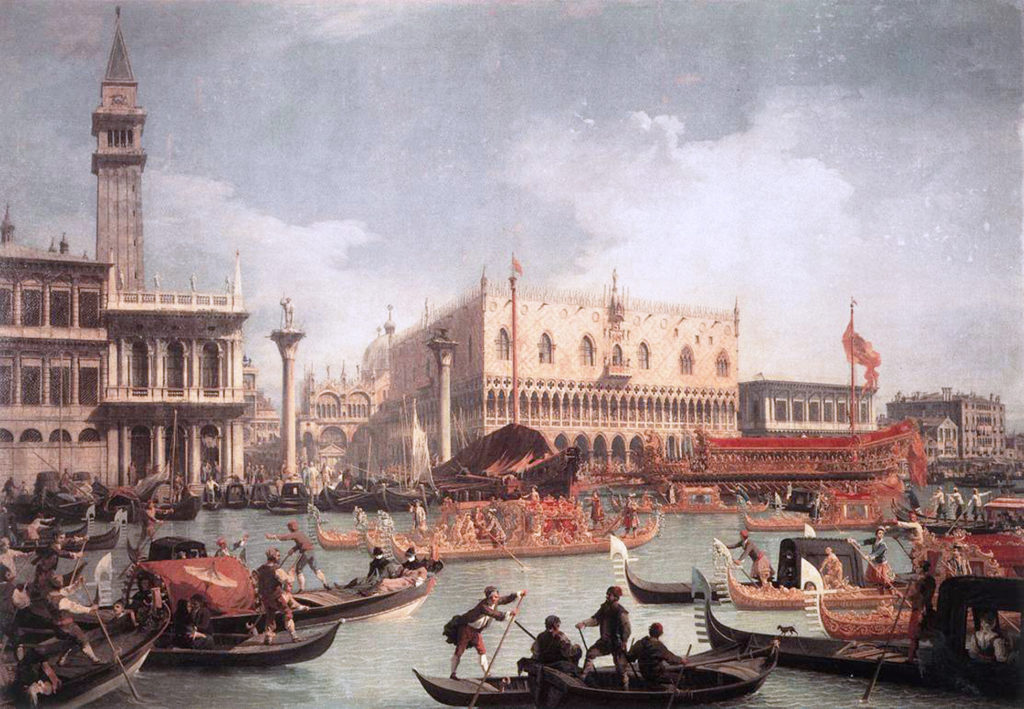
The Rococo period began in the early 18th century and represented a sharp contrast from the strong and powerful forms which characterized the Baroque. Paintings became lighter and employed brighter colors. Rather than religious themes, idyllic scenes were portrayed. In Italy, Venice is best known for its Rococo painters, including Rosalba Carriera and Il Canaletto, whose paintings of the Republic of Venice are among the most famous of the period.
During the 19th century, there were two contrasting styles of art in Italy. Neoclassical reverted to earlier, more serious styles of artistic expression. It first centered in Rome, where artists such as Antonio Canova took inspiration from the Renaissance period, as well as that of classic Roman art. It became very popular for architecture, which placed emphasis on symmetry and proportion. The style quickly spread to other Italian cities and later to the rest of Europe.
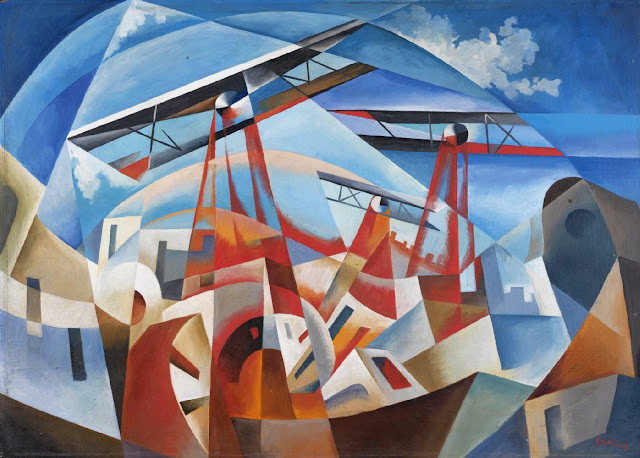
The contrasting style was Romanticism. Its foundation was with a group of prominent Tuscan artists who called themselves Macchiaioli. Named for the café in Florence where they met, the artists of this movement were Giovanni Fattori, Silvestro Lega and Telemaco Signorini, who paved the way for Italian Romanticism. This style produced artwork that was highly sentimental. Often compared to Impressionism, the style had a distinctly Italian sense of feeling and emotion. Like the painters of the Baroque period, the use of light and shadow were essential in creating a mood. Tranquillo Cremona and Giuseppe Molteni are two well-known artists of the period.
In the 20th century, Futurism came to the forefront of Italian art. Perhaps less of an artistic style and more of an artistically inspired political movement, the Futurist era emphasized dynamic images, showing the speed of objects such as airplanes and automobiles. Its key figures and artists and architects were Tommaso Marinetti, Umberto Boccioni, Carlo Carrà, Tullio Crali, Fortunato Depero, Gino Severini and Giacomo Balla.
